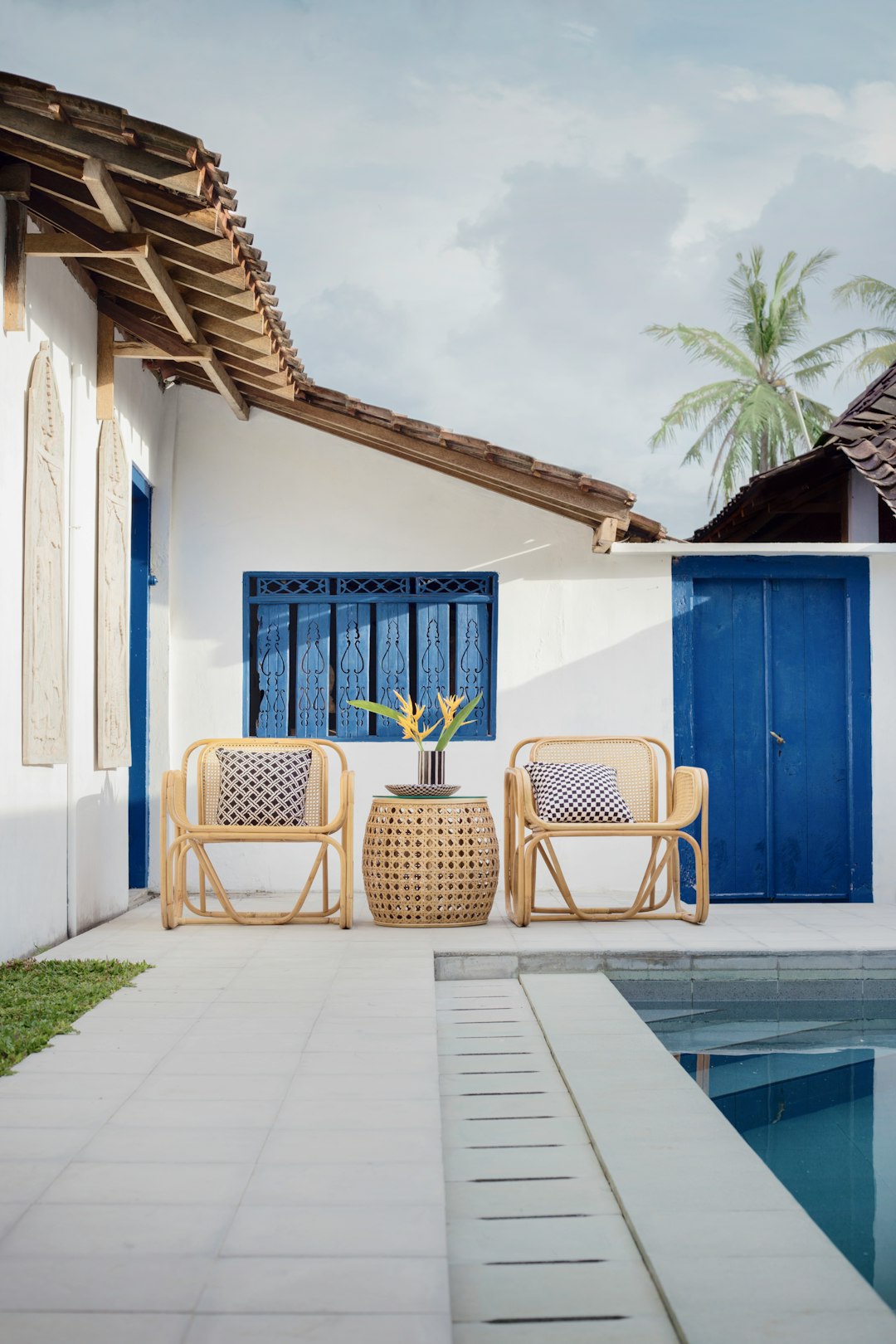The Rising Trend of Minimalist Furniture Design
In the past few years, a new trend has emerged in the world of interior design – minimalism. This design philosophy emphasizes simplicity, functionality, and clean lines, and it has become increasingly popular among homeowners and designers alike. From sleek and stylish furniture pieces to decluttered and organized living spaces, minimalist furniture design is changing the way we think about home decor.
One of the key characteristics of minimalist furniture design is its simplicity. Minimalist furniture is stripped down to its essential elements, with no unnecessary embellishments or decorative details. This creates a sense of calm and serenity in the space, allowing the furniture to blend seamlessly with the surrounding environment. Minimalist furniture typically features clean lines and geometric shapes, with a focus on functionality rather than ornateness.
Another important aspect of minimalist furniture design is its emphasis on functionality. Unlike traditional furniture, which often prioritizes aesthetics over usability, minimalist furniture aims to maximize space and efficiency. For example, a minimalist dining table may have built-in storage compartments for cutlery and napkins, eliminating the need for additional storage units. Similarly, a minimalistic sofa might have hidden pull-out beds or storage compartments, providing both comfort and practicality.
Minimalist furniture design also promotes a clutter-free living environment. It encourages homeowners to adopt a “less is more” approach, getting rid of unnecessary items and keeping only the essentials. Minimalist furniture pieces often have built-in storage solutions, such as hidden drawers or shelves, allowing for the seamless organization of belongings. This not only creates a clean and tidy space but also promotes a sense of tranquility and calm.
Another reason for the growing popularity of minimalist furniture design is its versatility. Minimalist furniture can easily adapt to different design styles and aesthetics, making it suitable for a wide range of homes and spaces. Whether your interior design style is modern, Scandinavian, rustic, or even traditional, minimalist furniture can complement and enhance the overall look of your space. Its simplicity and clean lines provide a timeless appeal that transcends trends and fads.
Moreover, minimalist furniture design also aligns with the growing environmental consciousness among homeowners and designers. The philosophy of “less is more” in minimalist design translates to a reduced consumption of resources and materials. Minimalist furniture often utilizes sustainable and eco-friendly materials such as bamboo, reclaimed wood, or recycled plastic. By opting for minimalist furniture, homeowners can contribute to a more sustainable future and reduce their carbon footprint.
While some may argue that minimalist furniture lacks personality and warmth, it is important to note that minimalism is not about creating sterile and cold spaces. On the contrary, minimalist furniture design can create an inviting and cozy atmosphere through the clever use of textures, colors, and natural elements. Incorporating plush rugs, soft fabrics, and warm lighting can help soften the minimalist aesthetic and infuse the space with comfort and warmth.
In conclusion, the rising trend of minimalist furniture design offers a fresh perspective on home decor. Its simplicity, functionality, and versatility make it a popular choice among homeowners and designers alike. By adopting a minimalist approach, we can create clutter-free spaces that promote relaxation and efficiency. With its emphasis on sustainable materials and eco-friendly practices, minimalist furniture design also contributes to a more environmentally conscious lifestyle. So, whether you prefer a sleek and modern look or a cozy and rustic vibe, minimalist furniture design can transform your home into a haven of simplicity, style, and serenity.

